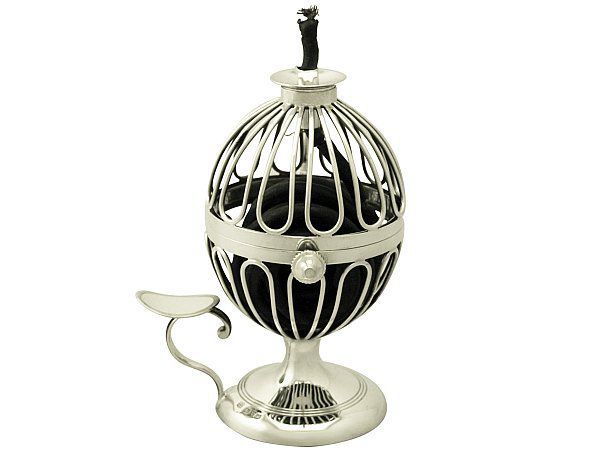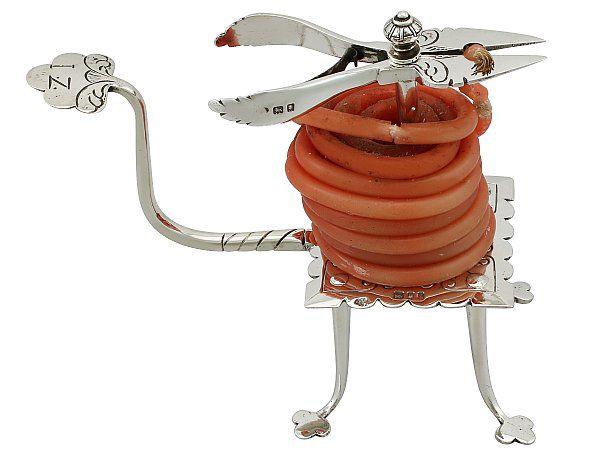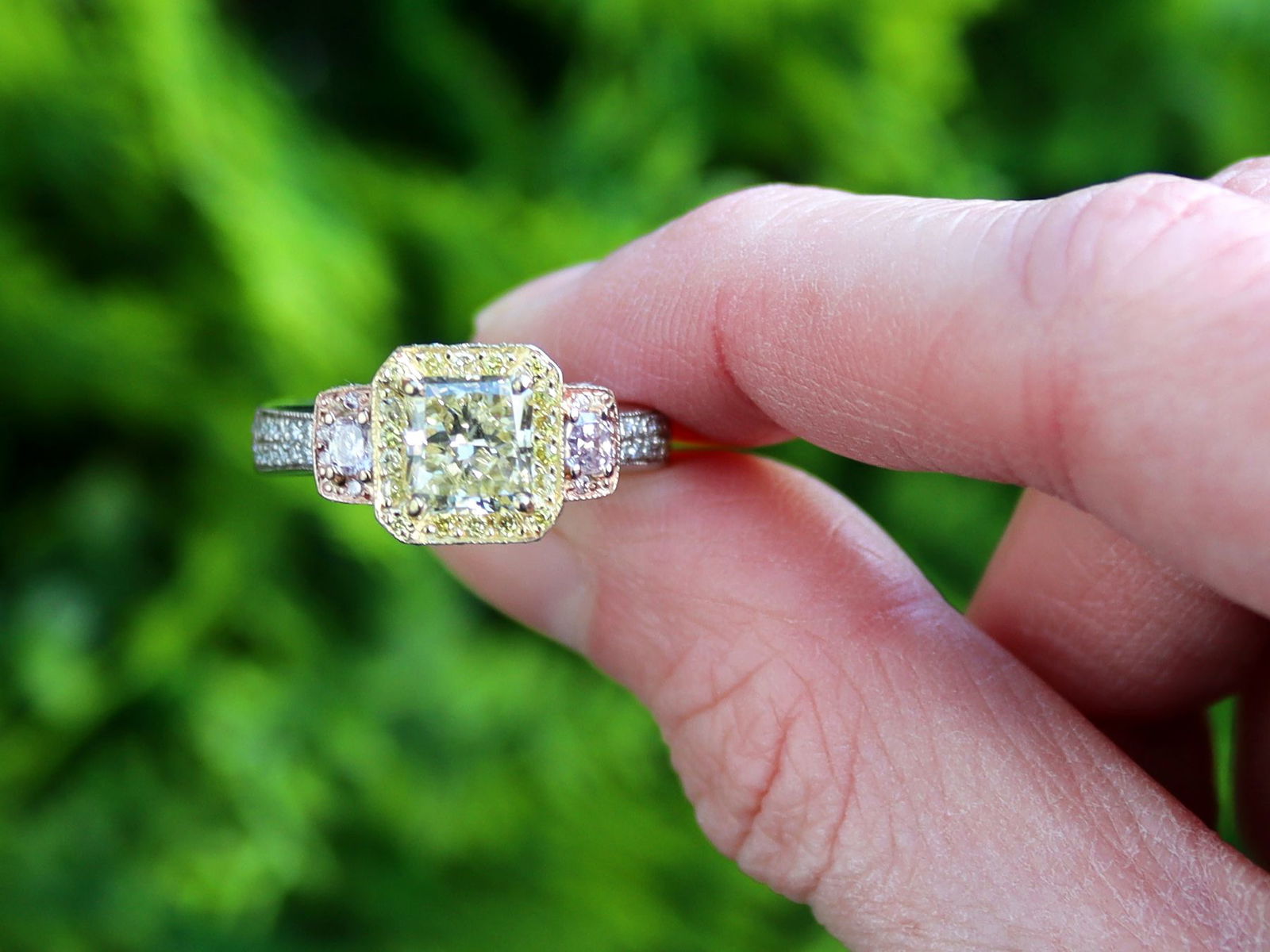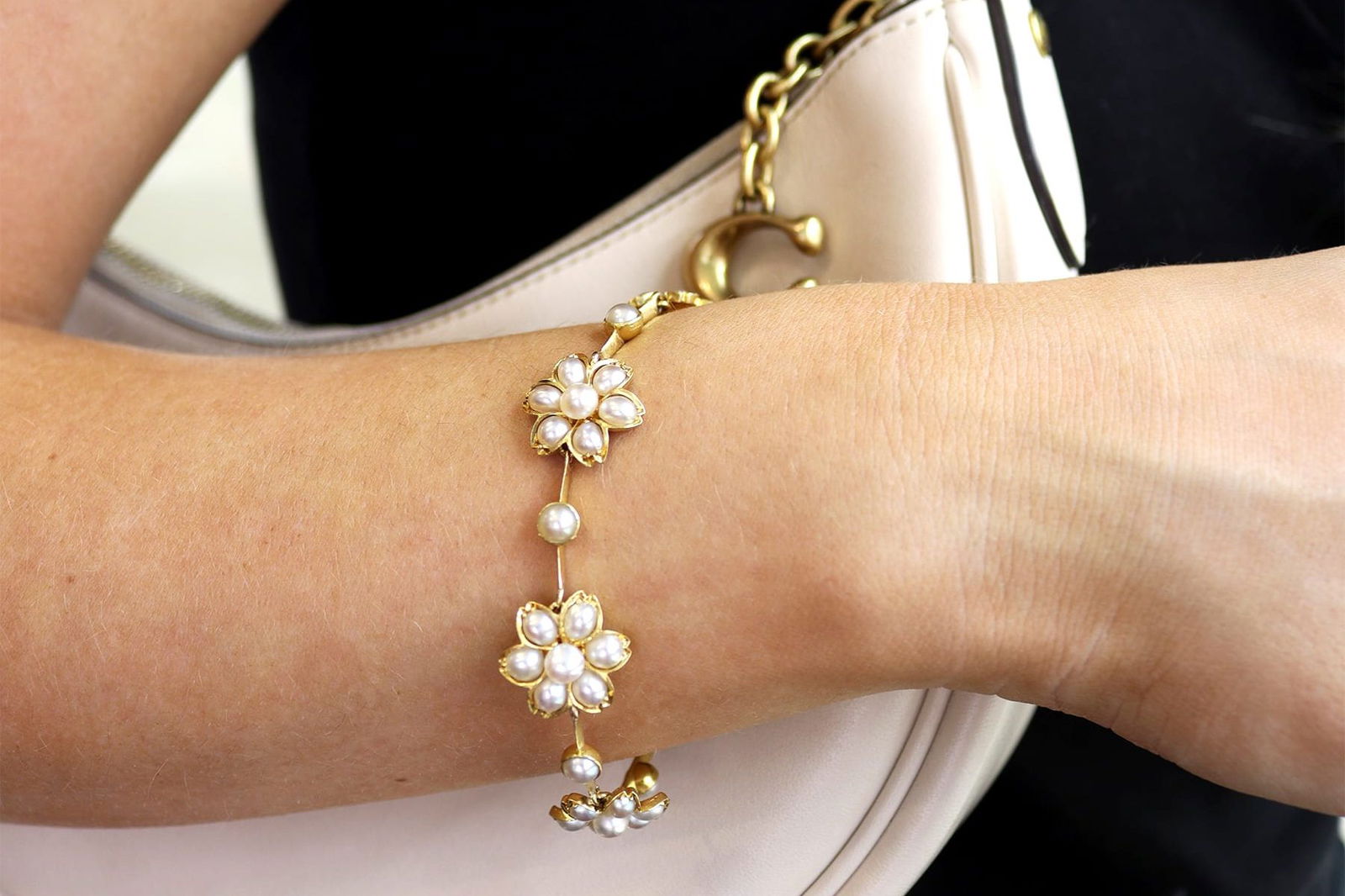The Wax Jack
First introduced in 1700, the wax jack was an alternative to using larger, more expensive methods of getting wax seals for letters. Wax jacks feature a vertical or horizontal shaft, with a thin beeswax taper, typically only around ¼ in diameter. The top end of the taper stuck out through a hole in a flat pan at the top of the wax jack, where a pincer held it in place. The user lights the end of the taper that is held by the pincer, and the wax forms a puddle that is contained within the pan. A standard candle is capable of achieving the same purpose, but it was a more expensive means than the wax jack
Designed to stand on a desk, most wax jacks have rounded bases, though some have stylised legs also. Wax jacks require strong bases in order to have the necessary stability to allow the wax to burn in an upright position. The wax jack was produced in a wide variety of forms and crafted in different materials such as silver, brass, wrought iron, or bell metal.
Where was it used?
Wax jacks were mostly used in Europe; on the continent they were a popular choice for those looking to make the process of sealing documents both easier and cheaper. They were common across England also, frequently being used in place of candles. Toward the beginning of the British Colonies in America, the wax jack was sometimes used, although it was regarded as something of a rarity. Beyond the initial stages of colonisation, wax jacks were not used in America, and never gained much traction in the century or so before electric lighting became commonplace.
Given that their purpose was for sealing letters and other documents, wax jacks were typically used by those with a certain degree of power and status.
Being crafted from sterling silver added to their appeal, and keeping a wax jack on one’s desk was both practical and powerful, symbolising the high degree of correspondence undertaken by the user.
Over time, wax jacks began to become more popular, being made from cheaper materials like iron and brass. These more accessible wax jacks are less collectable today, but they served the purpose of allowing more and more people to practically seal their documents without going to the expense of using candles which were significantly more valuable as a light source.








2 responses
I have a wax jack of my great grandparents. I have no idea what it is worth and just doing some research.
Hi Jim, The first thing you need to do is get a valuation. You can call into a local auction house to get a valuation. If you share with me your location I can provide you with some local houses.